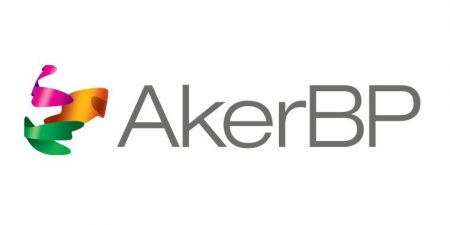- Startseite
- Ewa Burwicz-Galerne
- Dynamical models of burial-driven gas hydrate recycling
Dynamical models of burial-driven gas hydrate recycling
Simulation results
Animation 1 (ECGH22 Gupta et al.):
Short description:
The animation above shows the modelling results of 1D burial driven recycling of gas hydrates based in the geological setting of the Cascadia Margin (drill Site U1325, IODP Expedition 311 (Torres et al., 2008)). The numerical solutions of pressure, temperature, phase saturations, salinity, and dissolved components converge to a time-periodic steady state.
Detailed description:
The ongoing sedimentation at the seafloor transports organic matter (OM) into the subsurface. This OM degrades through geochemical processes, producing methane which dissolves in the porewater. As more and more methane is produced, porewater becomes saturated and methane exsolves into a free gas phase. Within the gas hydrate stability zone (GHSZ, region above the dashed line labelled BSR) free gas and water react to form gas hydrate (GH) phase. Continuous sedimentation burries the GH layers below the GHSZ, where the GH dissociates into methane gas, which migrates back into the GHSZ and re-forms GH, which is burried again and the process continues. This process is referres as the burial driven recycling, and is believed to be responsible for high saturations of the GH layers in the vicinity of the base of the GHSZ (dashed line labelled BSR). The formation and dissociation of GH also impacts the local temperature and salinity states: Formation increases the temperature and salinity, and vice versa, which provide further nonlinear feedbacks to the boundaries of the GHSZ. Needless to say, the GH dynamics related to the burial driven recycling is extremely complex. It is generally believed that the recycling process is continuous and the dynamics converges to a fixed steady state. However, our high fidelity model shows that the stability of the GH dynamical system is not so straightforward. Some combination of parameters may lead to periodic steady states instead of a fixed one, suggesting that the model has highly complex bifurcation manifold in a high dimensional parameter space. The attached animation provides a sample of this behaviour, where the numerical solutions of pressure, temperature, phase saturations, salinity, and dissolved components converge to a time-periodic steady state.
Animation 2 (ECGH22 Schmidt et al.):
This video shows the cyclicity of gas hydrate recycling of the Green canyon scenario described by Schmidt et al. (2022). The model starts with an initial phase of 25 kyrs, where a free gas pocket beneath the BSR moves upwards to form a hydrate layer in the gas hydrate stability zone (GHSZ). After 25 kyrs sedimentation starts and the gas hydrate layer get buried beneath the GHSZ resulting in a decrease in GH volume, while the gas accumulation continues, which marks the first phase of the gas hydrate cycle. In the second phase, when the free gas saturation reaches a threshold value, gas breaks through the barrier of the remaining hydrate layer. In the third phase of the cycle, a new gas hydrate layer starts to build up above the melting old layer. Free gas is consumed and the new hydrate layer reaches a peak, while old layer vanishes. Ongoing sedimentation buries the newly formed GH layer and the cycle repeats. In total, 2 cycles as described in Schmidt et al. 2022 with the three phases can be observed in the model run.
Current contributions
Publications:
Schmidt, C., Gupta, S., Rüpke, L., Burwicz-Galerne, E., Hartz, E.H. (2022) Sedimentation-driven cyclic rebuilding of gas hydrates. Marine and Petroleum Geology, v.140, 105628. https://doi.org/10.1016/j.marpetgeo.2022.105628
Conferences:
2022 European Conference on Gas Hydrate ECGH22, Lyon, France
On the existence of bifurcation manifolds in dynamical models of burial-driven gas hydrate recycling (Poster by Gupta et al.)
Modelling of the phases of burial-driven gas hydrate and methane gas re-cycling ; Christopher Schmidt, Shubhangi Gupta, Ewa Burwicz-Galerne, Klaus Wallmann, Ebbe H. Hartz, Lars Rüpke (Poster by Schmidt et al.)
EGU General Assembly 2022, Vienna, Austria
Sedimentation-driven cyclic rebuilding of gas hydrates (Talk by Schmidt et al.)
Project members
Shubhangi Gupta (GEOMAR Helmholtz Center for Ocean Research Kiel, Germany)
Ewa Burwicz-Galerne (MARUM Center for Marine Environmental Sciences, University of Bremen, Bremen, Germany)
Christopher Schmidt (GEOMAR Helmholtz Center for Ocean Research Kiel, Germany)
Lars Ruepke (GEOMAR Helmholtz Center for Ocean Research Kiel, Germany)
Project co-funding



